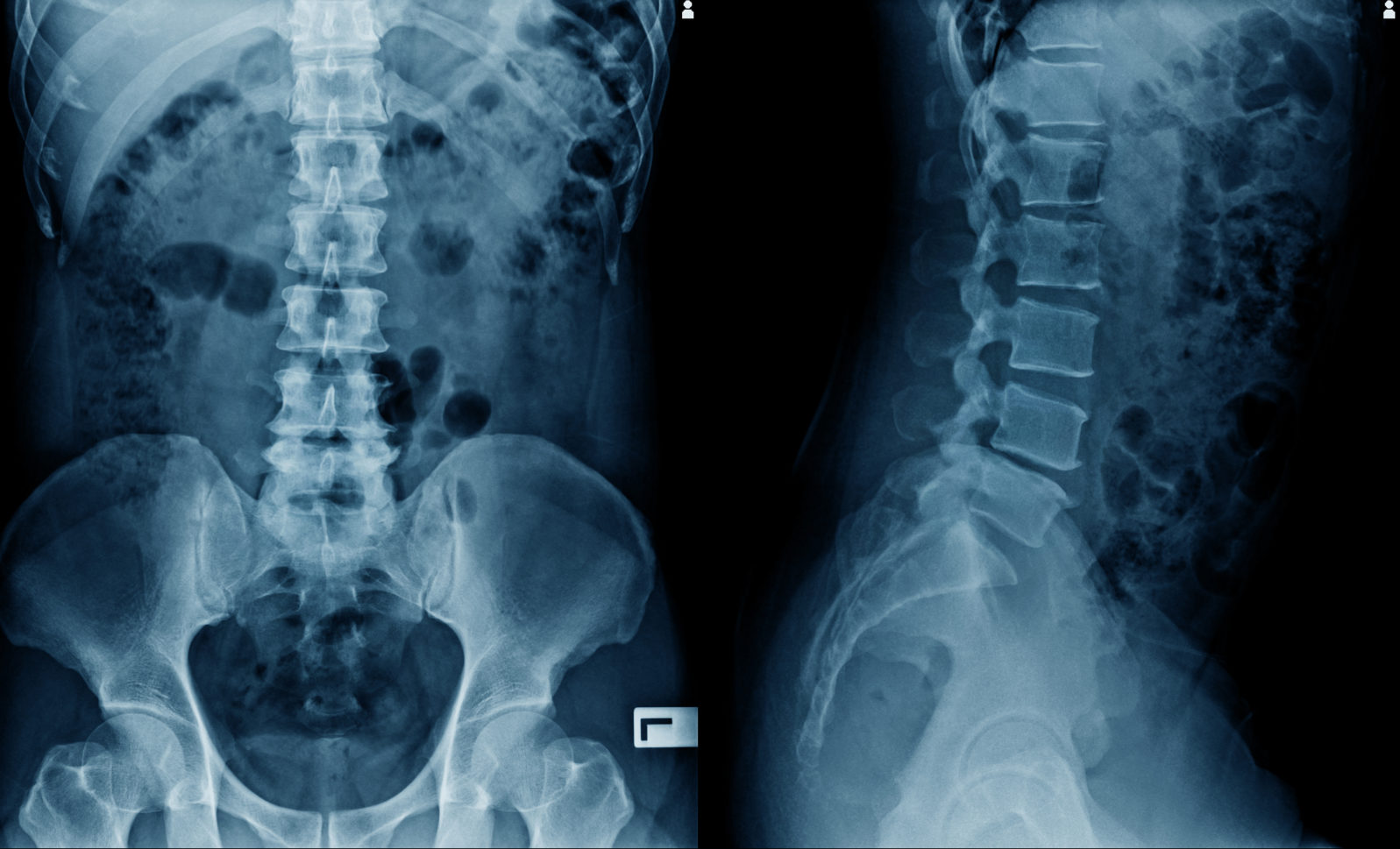Man With Severed Spinal Cord Walks Again, Thanks to AI Implant
Most of us would have said that Michael Rocatti, whose spinal cord was severed in a motorcycle accident in 2017, would never walk again. But he did.Rocatti had lost all feeling and motion in his legs after the motorbike crash. But thanks to electrodes implanted in their spines in experimental surgery in Lausanne, Switzerland, he and two other young men (29–41) were able to “to stand, walk, ride a bike and even kick their legs in a swimming pool” again. (Guardian) He is slow and unsteady but he is walking.
The implant provides a bridge between the brain and the nerves that are severed from it:
When prompted, the device sends activity-specific pulses of electricity to various nerves that were cut off from the central nervous system, allowing the Rocatti and other paralyzed people to send the appropriate stimulation and instructions to their legs. Rocatti and the other two participants in an ongoing clinical trial were able to stand, walk, use bicycle pedals, and kick their legs in a swimming pool within hours of having the flexible, multi-electrode device embedded into their spines, according to research published Monday (February 7) in Nature Medicine. The device and software, developed by researchers at Lausanne University Hospital and the Swiss Federal Institute of Technology (EPFL) in Lausanne, significantly reduce the time between surgical implantation and a patient taking their first steps compared to other treatments or robotic exoskeletons, which can require extensive training to use.
Dan Robitzski, “Within hours, surgical implant lets paralyzed patients walk” at The Scientist (February 8, 2022) The paper is currently open access.
The artificial intelligence software is implanted in the thoracic spine:
The patients’ injuries to a region called the thoracic spine – below the neck and above the lowest part of the back – were sustained one to nine years before receiving the treatment. They were able to take their first steps within an hour after neurosurgeons first implanted prototypes of a nerve-stimulation device remotely controlled by artificial-intelligence software.
Over the next six months, the patients regained the ability to engage in the more advanced activities – walking, cycling and swimming in community settings outside of the clinic – by controlling the nerve-stimulation devices themselves using a touchscreen tablet, the researchers said.
The patients – men ages 29, 32, and 41 – all were injured in motor bike accidents.
Nancy Lapid and Ari Rabinovitch, “Nerve-stimulation device helps paralyzed patients walk, cycle and swim” at Reuters (February 7, 2022)
At The Scientist, Robitzki cautions,
The researchers say that their device is not a cure for spinal injury because the damaged and severed nerves don’t actually heal. However, they tell Reuters that they hope to launch a clinical trial for dozens more patients within the next year so that they can further refine and improve the technology.
Dan Robitzski, “Within hours, surgical implant lets paralyzed patients walk” at The Scientist (February 8, 2022) The paper is currently open access.
This study, led by Grégoire Courtine and Jocelyne Bloch of the Swiss Federal Institute of Technology, is one of a number of promising developments in prosthetics which involve getting neurons to interact with signals from electronic devices. Another recent development, for example, is a bionic hand that offers sensory feedback. And one that can at least be controlled by thoughts, that is, by linking neurons to circuits.
A proposed trial next year will involve 70 to 100 patients, according to Reuters:
If this study’s early results are confirmed in larger studies, people immobilized by spinal cord injuries may someday be able to open a smartphone or talk to a smartwatch, select an activity such as “walk” or “sit,” then send a message to an implanted device that will stimulate their nerves and muscles to make the appropriate movements happen, the researchers said.
Nancy Lapid and Ari Rabinovitch, “Nerve-stimulation device helps paralyzed patients walk, cycle and swim” at Reuters (February 7, 2022)
The severed spinal cords won’t heal but this technology points to a way around the gap, toward a largely restored life.
You may also wish to read:
The Bionic Man was science fiction; the bionic hand is not. A recent internet-savvy bionic hand, developed by an American neuroscientist and computer engineer, is the most flexible yet, with sensory feedback. The trouble is, if the new bionic hands are going to help most of the world’s amputees , they can’t cost six million dollars, as in the old TV show.
